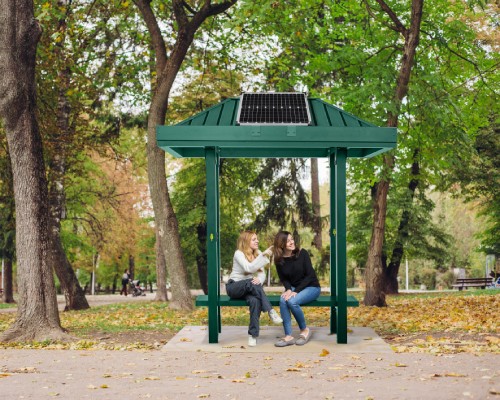
Public parks are more than just green spaces in urban landscapes; they are the lungs of the city, a playground for children, an arena for athletes, a haven for book lovers, and a gathering spot for community events. They hold a special place in the hearts of different communities, especially for people who want to escape from their daily routines.
Creating such an important space requires a comprehensive understanding of different elements, from environmental sustainability to urban planning. These five tips for designing the perfect public park will help experts create spaces that resonate with the community, promote environmental health, and enhance the overall quality of urban life.
Understanding the Community’s Needs
To complete a successful design process, it’s crucial to understand the community’s needs. Engage with local residents and community groups to get a sense of what features they would like in their public park. This could range from playgrounds for children and running paths for fitness enthusiasts to tranquil spaces for those seeking relaxation.
Integrate Nature
Incorporating natural elements into your park design can make it more inviting and enjoyable. Trees and green spaces offer aesthetic beauty and provide shade, improve air quality, and create habitats for local wildlife. Consider adding native plants and trees, as they will likely thrive in the local climate and require less maintenance.
Prioritize Versatility and Flexibility
A great public park should be versatile, offering a variety of experiences to its visitors. This means including different types of spaces, from open fields for sports to shaded areas for picnics and even quiet corners for contemplation. Adding prefabricated enclosures can provide flexible spaces that residents can use for safe storage, bike parking, and sitting areas that will protect against weather conditions.
Ensure Safety and Accessibility
Safety should be the main focus of any public park design. Safety features, including well-lit paths, accessible walkways, safe playground equipment, and clear signage, are crucial considerations when designing a public park. The park layout should also minimize hidden areas and blind spots to enhance security. The design should be inclusive, catering to people of all ages, abilities, and mobility levels.
Build for Longevity
A successful public park design should withstand the test of time. To do so, it should use high-quality, durable materials for structures and installations and resilient and easy-to-maintain plant species. Regular maintenance schedules are essential to ensure the park remains clean, safe, and inviting for many years.
Designing the perfect public park involves understanding and catering to the community’s needs, creating versatile and flexible spaces, adding natural elements, prioritizing safety and accessibility, and building for longevity. A well-designed park can greatly improve the quality of life in a community, providing a shared space for recreation, relaxation, and connection.
